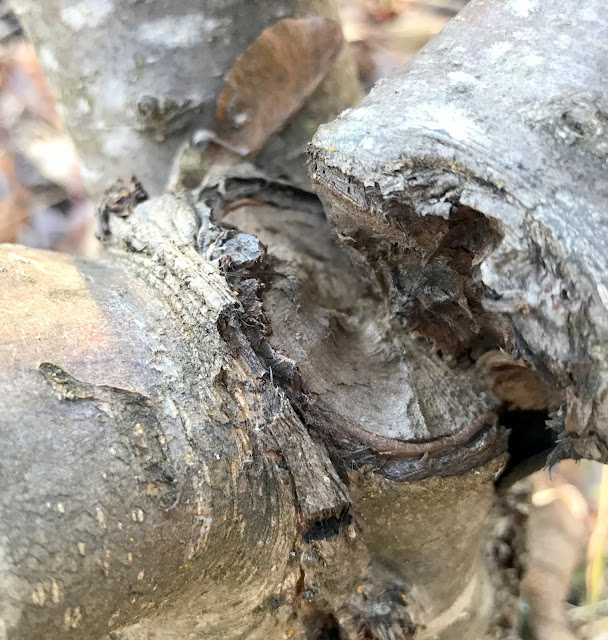I was thinking about what to do with the beef bones after Rufus is done with them. Most people would throw them into the trash or bury them, but I like to see if things are useful. Since I do much of the heating with a wood stove, I wondered if I could mineralize the bones and spread that in the garden along with the wood ashes. It appears the answer is yes.
First, bone ash is considered an organic fertilizer and is mostly calcium and phosphorous. In my soil tests, calcium was very low, and phosphorus was somewhat low. So at least in the small amounts that I use, these are needed mineral nutrients. The wood ashes are also mostly calcium, so it's kind of more of the same thing, similar to adding lime. Except wood ashes are also high in potassium and there are some other nutrients.
Here is a link to someone who wanted to use human ashes in their garden. I imagine those are mostly from bone, with the other parts going up in smoke. The problem with using some human ashes in gardening, is they might contain lead or mercury. I'm not interested in getting any of those.
I added a couple of Rufus's beef leg bone chunks to the wood stove, as I fed more logs, and just let them burn along with the wood. It turns out, the very small chunks that survived the fire were much more brittle and flaky, than the original bone. Most of the bone had disintegrated. So I just put the intact pieces back into the woodstove for the next go-round. As for the rest, it will just be part of the mineral supplement that I add to the gardens during this winter, to replenish what is removed in the process of growing plants and removing their products.
At an atomic level, next year when I admire the bearded irises, or eat some figs, I'll ponder these cycles of life, and imagine that some of the atoms in those flowers and fruits, last resided in some Bessie the cow, or were trees on the back woodlot, collecting sunshine for 45 years (I counted the rings), before warming my sore joints in the woodstove. This gives me a nice feeling, about the continuous process of renewal.





